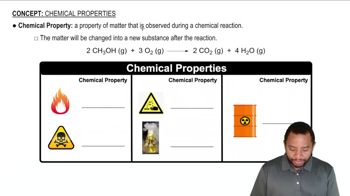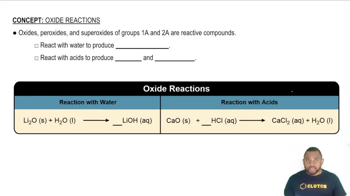Here are the essential concepts you must grasp in order to answer the question correctly.
Corrosion
Corrosion is a chemical process where metals react with environmental factors, leading to deterioration. In the case of tin pipes, exposure to moisture and pollutants can initiate corrosion, resulting in pitting and crumbling. This process is accelerated in environments with high humidity or acidic conditions, which are common in unheated churches.
Recommended video:
Tin Oxidation
Tin can oxidize when exposed to air and moisture, forming tin oxide. This oxide layer can protect the underlying metal to some extent, but if the protective layer is compromised, further oxidation can occur, leading to structural weakness. The presence of acidic substances can also enhance this oxidation process, contributing to the degradation of the pipes.
Recommended video:
Environmental Factors
Environmental factors such as temperature, humidity, and the presence of pollutants play a significant role in the corrosion of metals. In northern European churches, the cold and damp conditions can create an ideal environment for corrosion to occur. Additionally, pollutants from the air can react with the metal, exacerbating the deterioration of the tin pipes.
Recommended video:
 Verified step by step guidance
Verified step by step guidance

